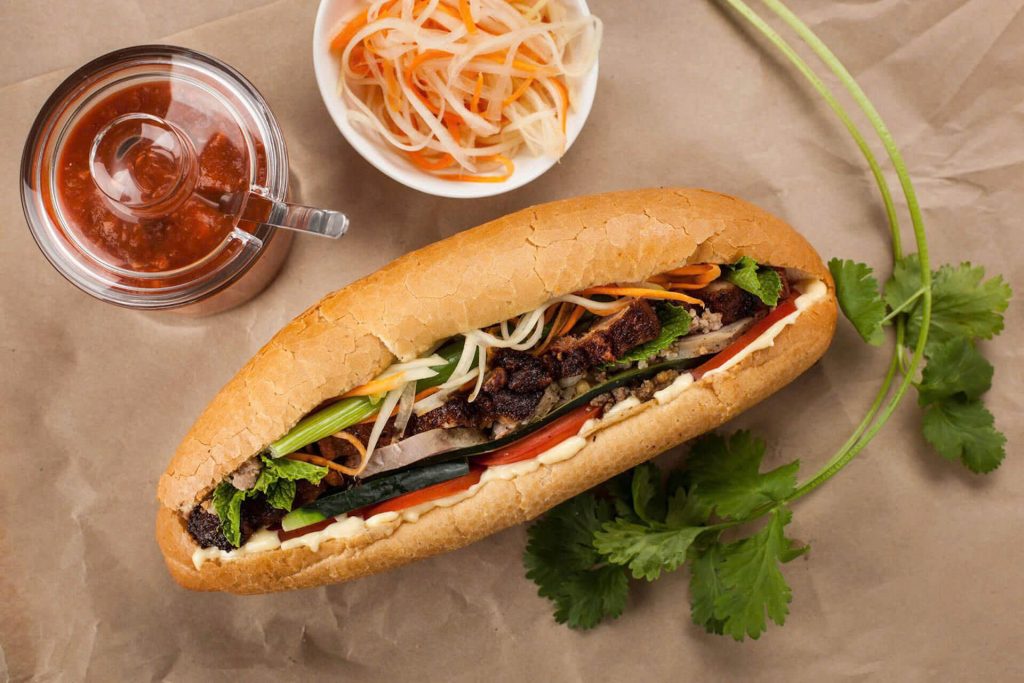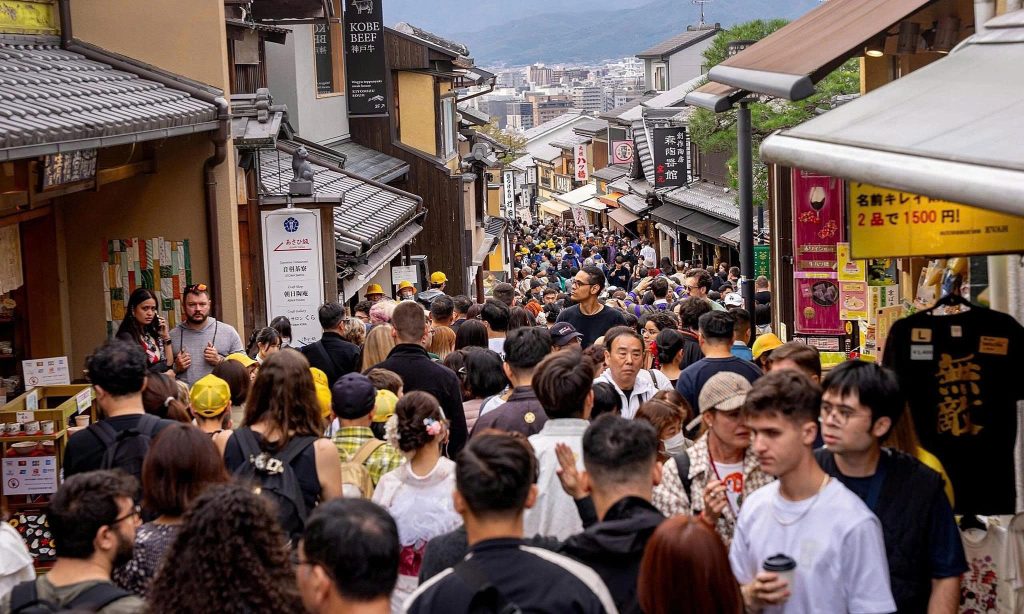In South Korea, bread and pastries are more than mere sustenance; they are a form of emotional therapy, transforming bakeries into essential travel destinations. This nationwide “bread pilgrimage” is turning local shops from Seoul to Jeju into cultural landmarks.
The phenomenon known as the “bread pilgrimage” (or ppang-ji 순례) is sweeping across South Korea, showcasing the nation’s profound and growing love for baked goods. While not traditionally a part of the Korean diet, this craze took root in the late 1980s, when major chains like Paris Baguette and Tous Les Jours played a pivotal role in shifting consumer habits. They successfully marketed bread as a convenient and quick breakfast alternative for office workers and a populace embracing a faster, more urban lifestyle.
This passion is not just cultural; it’s a major economic driver. The South Korean bakery market is robust, with anticipated revenues reaching a staggering $18.9 billion in 2024, and sustaining an annual growth rate of 2-6%. The depth of this shift is highlighted by reports from around 2018, indicating that bread consumption in certain demographics and regions had begun to surpass that of traditional staples like rice and noodles.
Today, from the volcanic shores of Jeju to the bustling metropolis of Seoul and the historic city of Daejeon, bakeries have been elevated to cultural destinations, often designed with the same thoughtful aesthetic and draw as trendy cafés or art galleries.
On Jeju Island, long lines of tourists aren’t always queuing for a glimpse of the ocean or the mountains, but rather for a chance to buy pastries at places like the London Bagel Museum. For many, acquiring a bagel with its characteristic chewy crust and rich cream cheese filling is more than just a purchase; it’s a “reward” for their patience and perseverance.

A few kilometers away, the allure continues at Randy’s Donuts, a brand imported from Los Angeles that has skillfully adapted to the local palate. Their biggest draws are the “Koreanized” flavors, such as savory black sesame or the sweet, distinct flavor of the island’s signature Hallabong tangerine filling.
In Seoul, the newest culinary celebrity is sogeum-ppang (salted butter roll). This seemingly simple item, crafted from layered dough, fresh butter, and a finishing sprinkle of salt, has won hearts with its textural mastery: a crispy, brittle shell giving way to a soft, utterly buttery, melt-in-your-mouth interior.
The craze is particularly visible in trendy neighborhoods like Seongsu-dong, where bakeries specializing in the roll report constant, long queues. On social media platforms, influencers (KOLs) elevate the experience by filming slow-motion videos of tearing the warm bread in half, discussing the flaky layers with the same fervor and analytical language one might use when reviewing a high-end tech product.
The bread craze even extends inland to Daejeon, a two-hour train ride from Seoul, focusing on the historic Sungsimdang. Established in 1956, this institution is considered the birthplace of fried soboro-ppang (a crunchy, fried bun filled with red bean paste). The shop’s menu demonstrates continuous innovation, with inventive offerings like chive garlic bread and roe baguettes.
Sungsimdang has grown into a powerful symbol of Daejeon. Local residents frequently send its products as thoughtful gifts, and tourists consider it an absolute must-visit check-in location. Acknowledging this cultural importance, the city government released the official “Bread Walk in Daejeon” guide earlier this year, featuring over 100 local bakeries.
Bread in Korea is increasingly viewed as surpassing its role as a basic food staple; it’s a small luxury or a necessary self-reward after the fatigue of a demanding day. In a perpetually fast-paced society, an expensive pastry—a 7,000 won ($5.20 USD) croissant or a 6,000 won ($4.50 USD) bagel—is not an essential purchase, but it provides a sufficient dose of instant comfort and emotional gratification.
This phenomenon is closely tied to the societal demand for emotional healing (healing). “Bread isn’t a necessity, but my life is definitely brighter with it in it,” says Jeong, a Seoul university student. She rationalizes the cost of a delicious pastry as her personal, “sweet way to relieve stress.”
The consumer commitment is remarkable, especially given the rising costs. According to Korea Credit Data, the price of bagels has surged by 44% and sogeum-ppang by 30% in the last three years. A report from the Fair Trade Commission further revealed that South Korea’s bread price index in 2023 stood at 129, notably higher than the US (125), Japan (120), and France (118).
Despite the escalating prices, the long queues persist. For many, willingly accepting the wait has become a symbol of patience, turning the act of buying bread into a quiet, brief moment of slow living in an otherwise hurried existence.
The prevailing style of Korean bread deviates from the crisp, often savory French tradition. Instead, it favors a soft, sweet, and airy texture, heavily influenced by Asian baking techniques (particularly those from Japan). Bakeries are constantly innovating with diverse fillings, including rich cream cheese, sweet red bean paste, and savory salted butter.
This baking culture is not confined to the youth. As Western culinary elements have integrated into the Korean lifestyle over the past few decades, even older generations have adopted bread into their routines. “Koreans love bread partly because it feels light, like a snack, not as heavy as a traditional rice meal,” shares Ms. Choi, who is in her 50s. For her, a pastry paired with coffee is a “convenient and fitting ritual for our fast lifestyle.”
What began as a convenient alternative has fully developed into a form of collective psychological therapy. This widespread national craze for all things baked is widely expected to maintain its momentum for the foreseeable future.
(According to The Korea Times, SCMP)

















